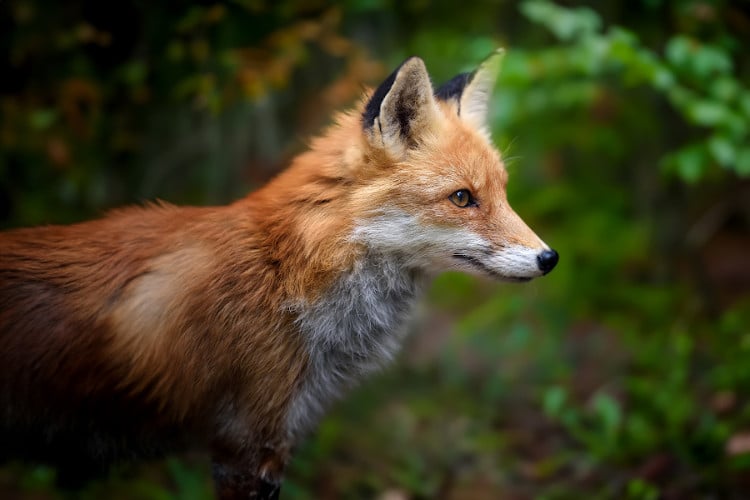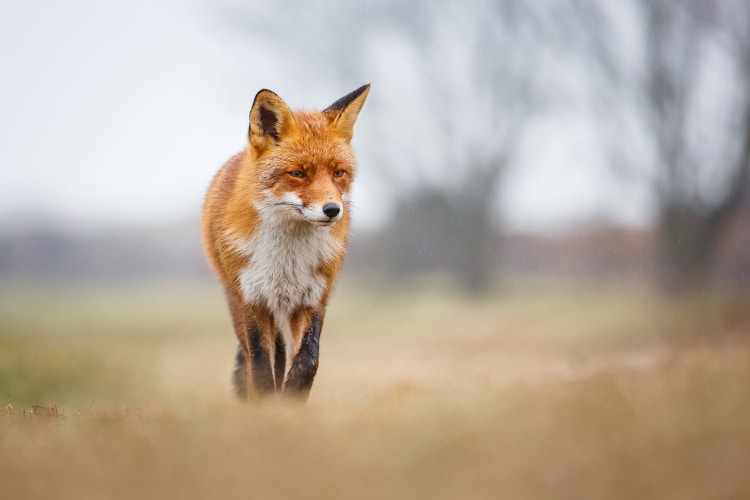
Photo: VolodymyrBur/Depositphotos
Dogs and cats have been human’s most popular pet companions throughout history. But it turns out, another mammal could have once held a similar rank. A 1,500-year-old burial site found in Patagonia, Argentina, features a human skeleton laid to rest alongside a fox. This unique placement sparked questions about the bond these two may have shared during their lifetimes.
A group of scientists launched an investigation on this archeological site, publishing their findings in the Royal Society Open Science. The human-fox pair is part of the larger archeological site of Cañada Seca. Originally discovered in 1991, it contains the remains of at least 24 members of a hunter-gatherer community.
Before the research was done, even the species of the furry companion was a mystery. First thought of as an unknown canid, likely a gray fox. The researchers determined that the fox was of the Dusicyon avus type, a now-extinct species that roamed South America until around 500 years ago.
By conducting in-depth genetic, morphological, and isotopic analyses of the ancient bones, they were not only able to learn about the fox, but also the relationship to its human. A carbon and nitrogen isotope analysis in the fox bones revealed that it had a a human-like diet, as it had more greens and less meat than a wild fox would usually eat. This pointed to a pattern of “systematic feeding,” meaning that the fox was “a valuable individual” and likely “a companion or a pet for the hunter-gatherers during the late Holocene.”
The carbon analysis of the fox’s bones also indicate that it was buried at around the same time as its grave mate. “Although the reasons for its inclusion in a mortuary context remain unclear, the most plausible explanation is that this fox was a valuable companion to the hunter-gatherer groups,” write the study authors. “Its strong bond with human individuals during its life would have been the primary factor for its placement as a grave good after the death of its owners or the people with whom it interacted.”
As for the fox species as a whole, researchers believe their extinction may be attributed to a combination of climate change and human interference—contrary to the thought that they disappeared after breeding with domestic dogs. They conclude: “While hybridization may have influenced population dynamics to some extent, its contribution to the extinction event appears to be limited by the lack of fertile offspring.”
A 1,500-year-old burial site features a human skeleton laid to rest alongside a fox. This unique placement sparked questions about the bond these two may have shared.

Photo: pimleijen/Depositphotos
h/t: [IFL Science]
Related Articles:
Photographer Chronicles the Enchanting Life of a Wild Red Fox for 8 Months
Woman Has Fed Generations of One Fox Family Every Day for the Last 25 Years
Photographer Captures Storybook Fox Photos Using His Homemade Camera Trap
Adorable Baby Foxes Find a GoPro and Capture Footage of Themselves Playing
